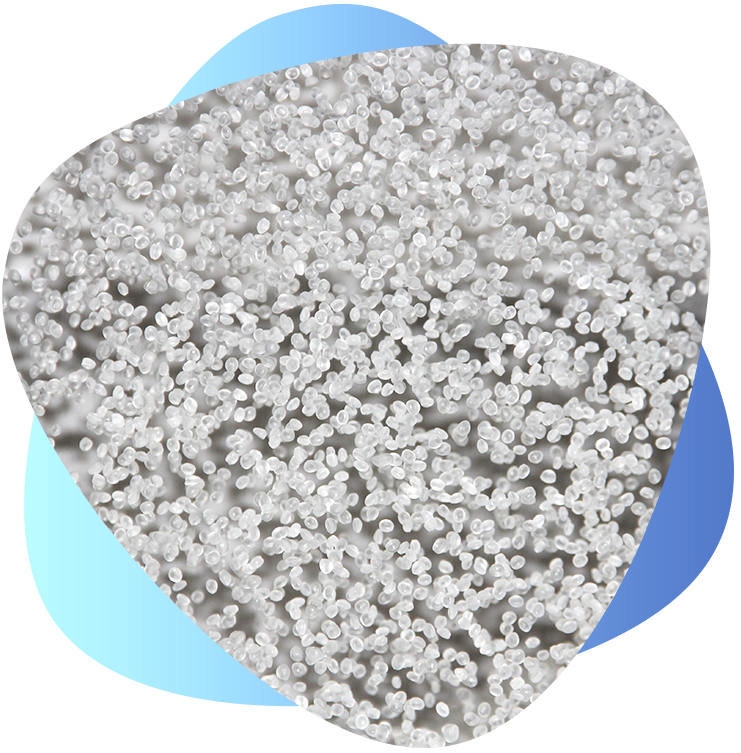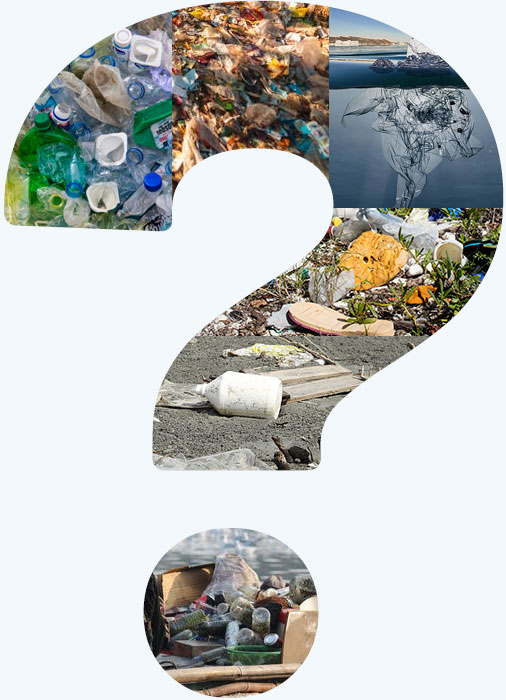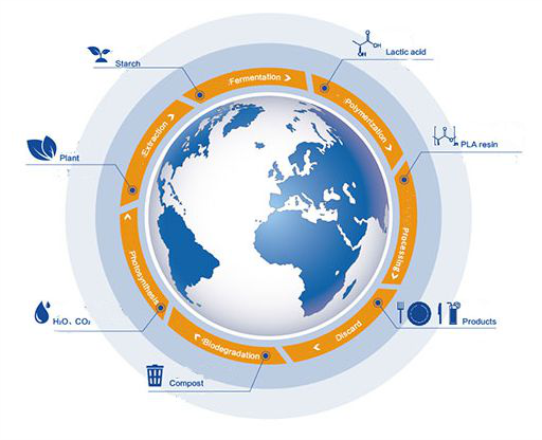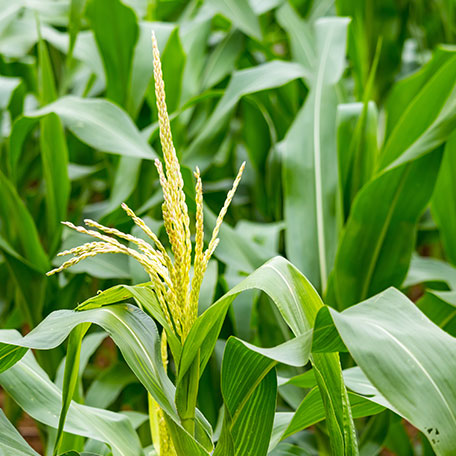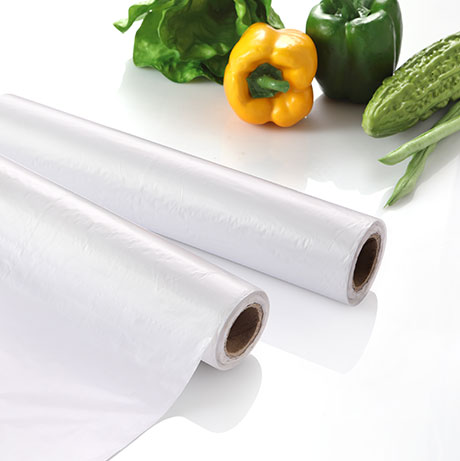Why PLA ?
Poly Lactic Acid(PLA)
What is Do We Mostly Make and Sell PLA and PLA+..?
| PLA, full name polylactic acid or polylactide, is a polymer obtained by a series of chemical reactions with lactic acid or its dimer lactide as monomer, which belongs to synthetic polymer and has characteristics of bio-base and degradability. |
|
![]()
 |
 |
 |
| What are the environmental problems around us? | PLA is different from ordinary plastics | Where is PLA used |
| Learn More | Learn More | Learn More |
![]()
What are the environmental problems around us?

|
|
|
PLA is different from ordinary plastics
Four Important Points To Know about PLA
|
|
01 Form a biomass resource recycling system As a fully degradable bio-based material, PLA can incorporate raw material into resource regeneration and circulation system, which has the advantages that petroleum-based materials do not have.PLA is derived from nature and has characteristic of full biodegradability, driving biomass resources to form a regeneration and circulation system. |
|
02 In line with the guiding direction of "carbon neutral" policy The carbon element in PLA mainly comes from the carbon dioxide absorbed from the natural environment by plants such as corn and sugarcane during the growth process, and returns to nature in the form of carbon dioxide during degradation process, and re-engages into regeneration and circulation of biomass resources through photosynthesis of plants. Therefore, compared with petroleum-based materials, PLA materials can achieve "break-even" of carbon to a greater extent, which is more conducive to realization of "carbon neutrality" goal in plastic industry. |
|
|
|
03 Environmentally friendly disposal of products The fully biodegradable nature of PLA makes it a compostable plastic that can be disposed of in a degradable and environmentally friendly way. After contact with water or humid air, the ester bond of PLA is prone to hydrolyze and break, and the broken product is completely decomposed into carbon dioxide and water under the action of microorganisms, which is the degradation principle of PLA material at the microscopic level. On the macro level, the degradation of PLA products shows that the overall structure is destroyed, the volume becomes smaller and gradually becomes fragments, finally becomes carbon dioxide and water. |
|
04 With good properties The good mechanical and physical properties of PLA make it a thermoplastic material that can be processed by traditional techniques.It is suitable for extrusion molding, injection molding, extrusion blow molding, spinning, foaming and other major plastic processing processes. It is compatible with existing plastic processing equipment. |
|
Where is PLA used ?
PLA products are closely related to our daily life

